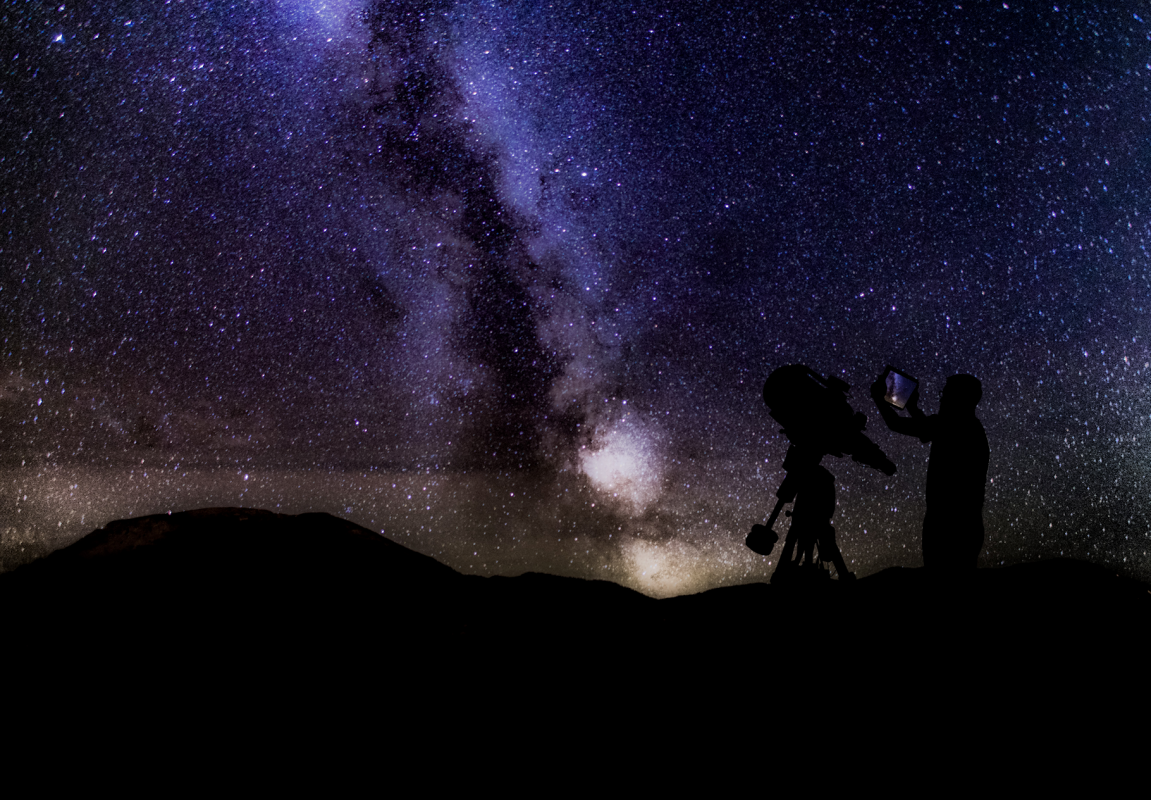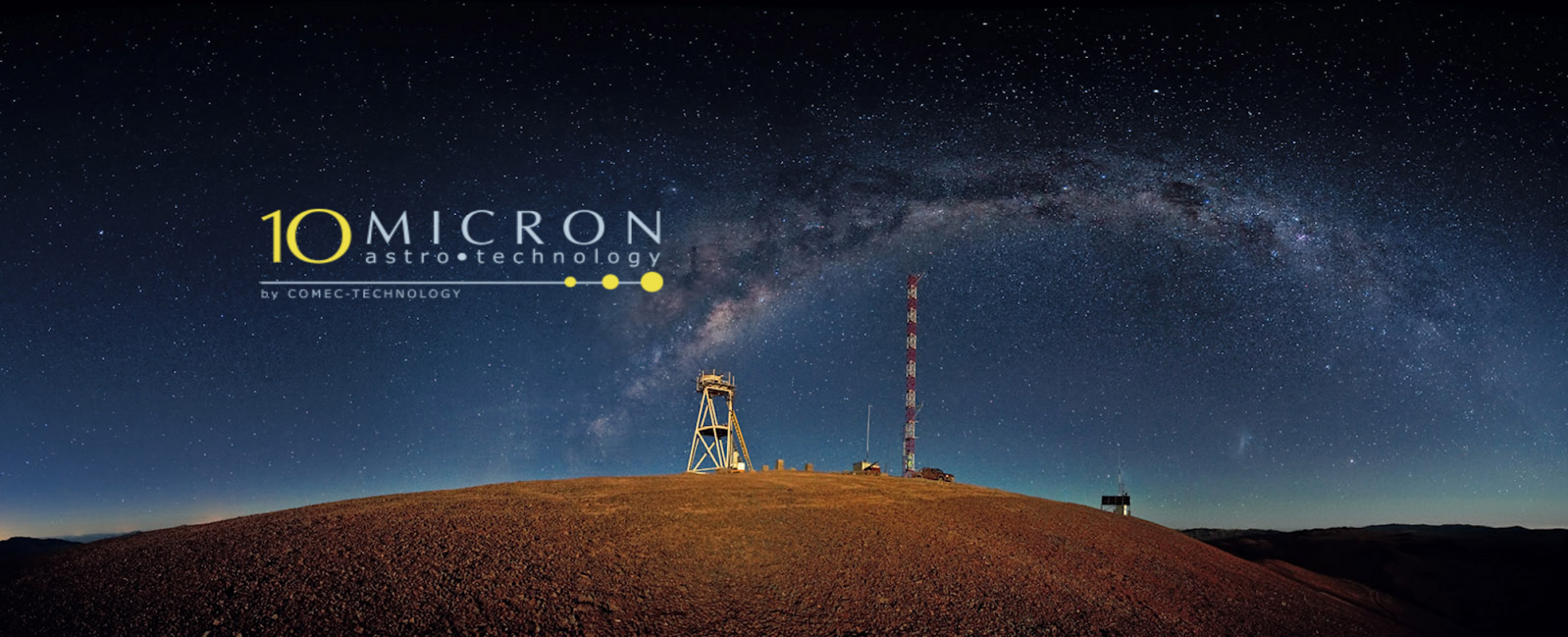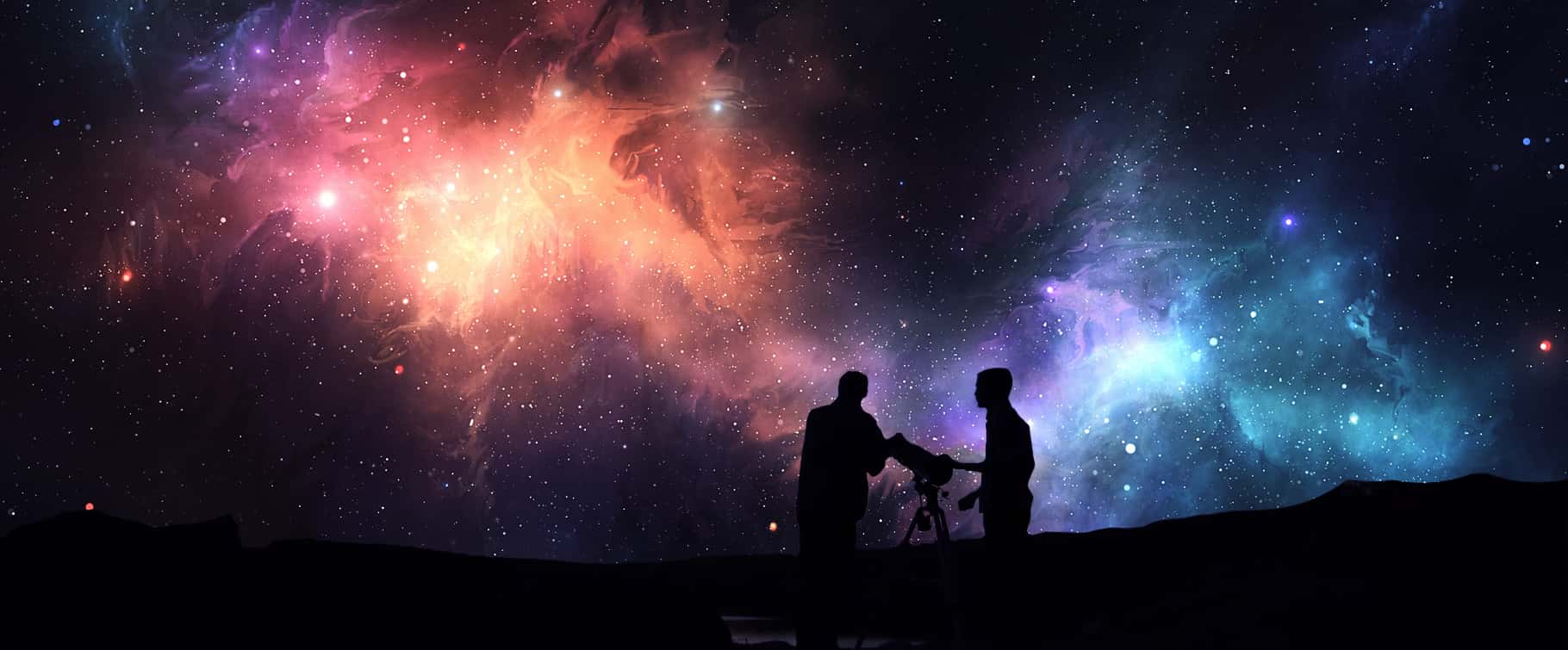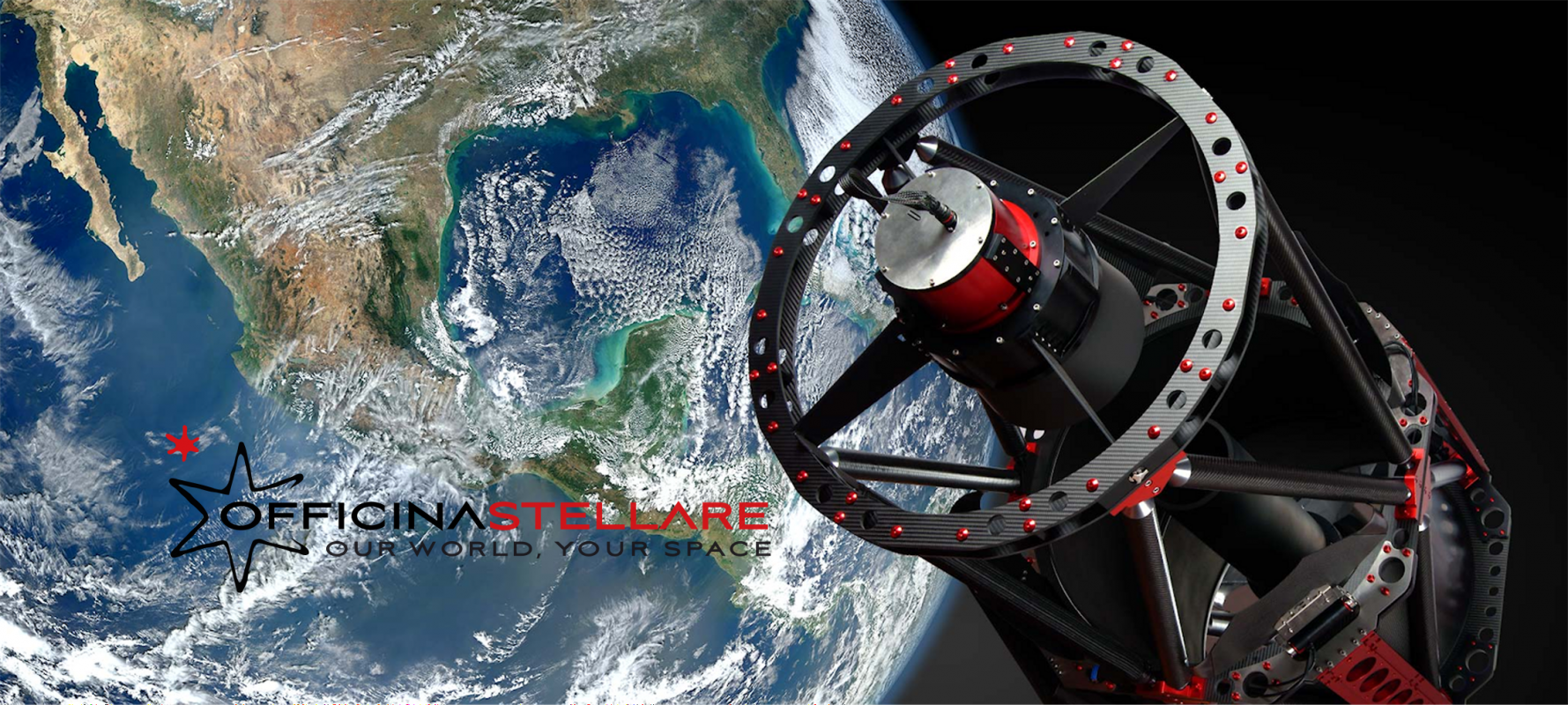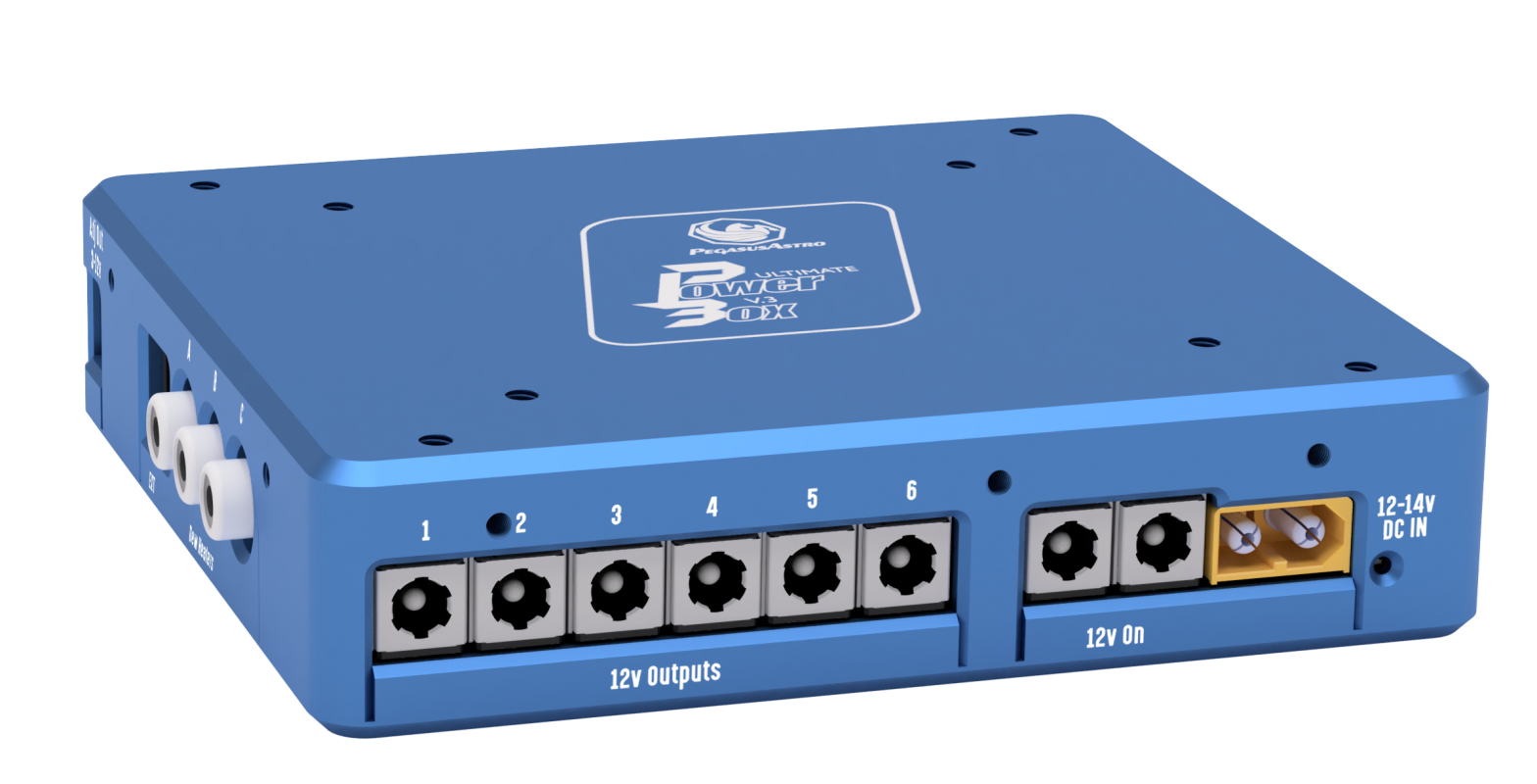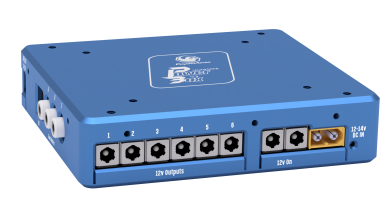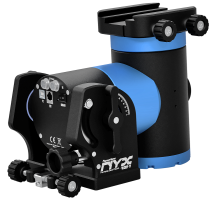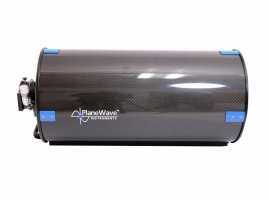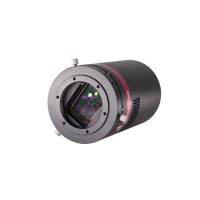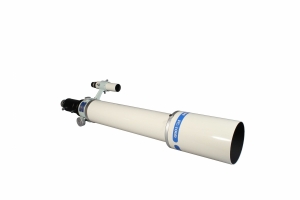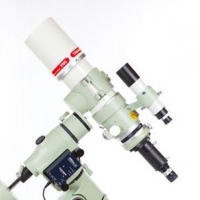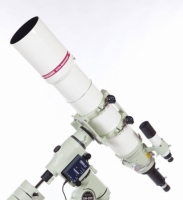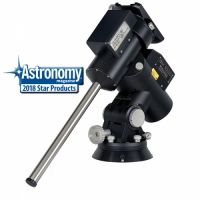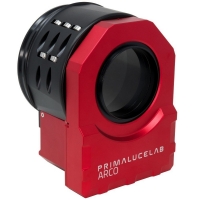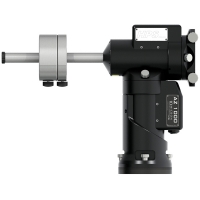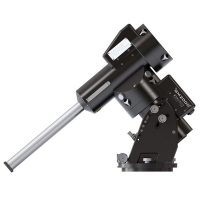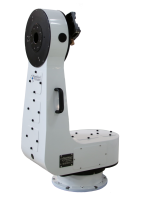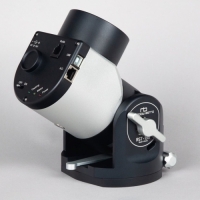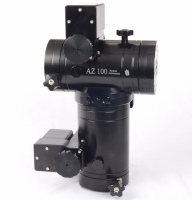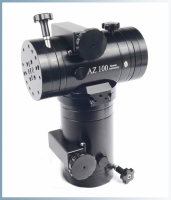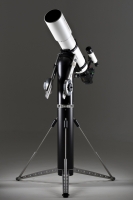Featured Products
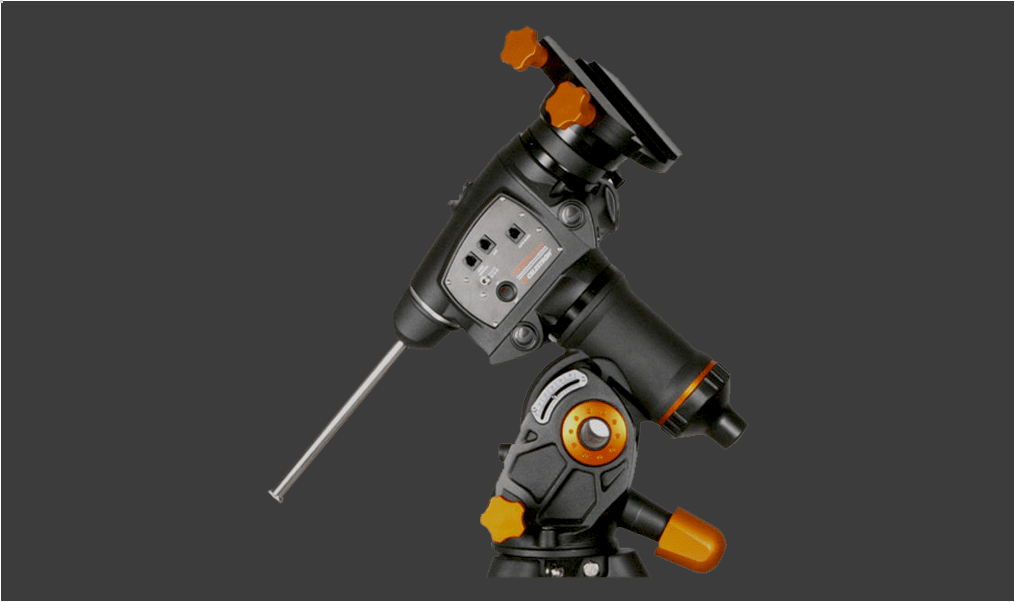
Hypertune® Do-It-Yourself Kits
The HyperTune® Do-It-Yourself Kit from Deep Space Products allows you to service and upgrade your own mount at home. We have collected all of the parts and tools necessary for you to perform a similar upgrade service as previously performed in the HyperTune® standard service. A step-by-step video is included.
Purchase a Hypertune Do-It-Yourself Kit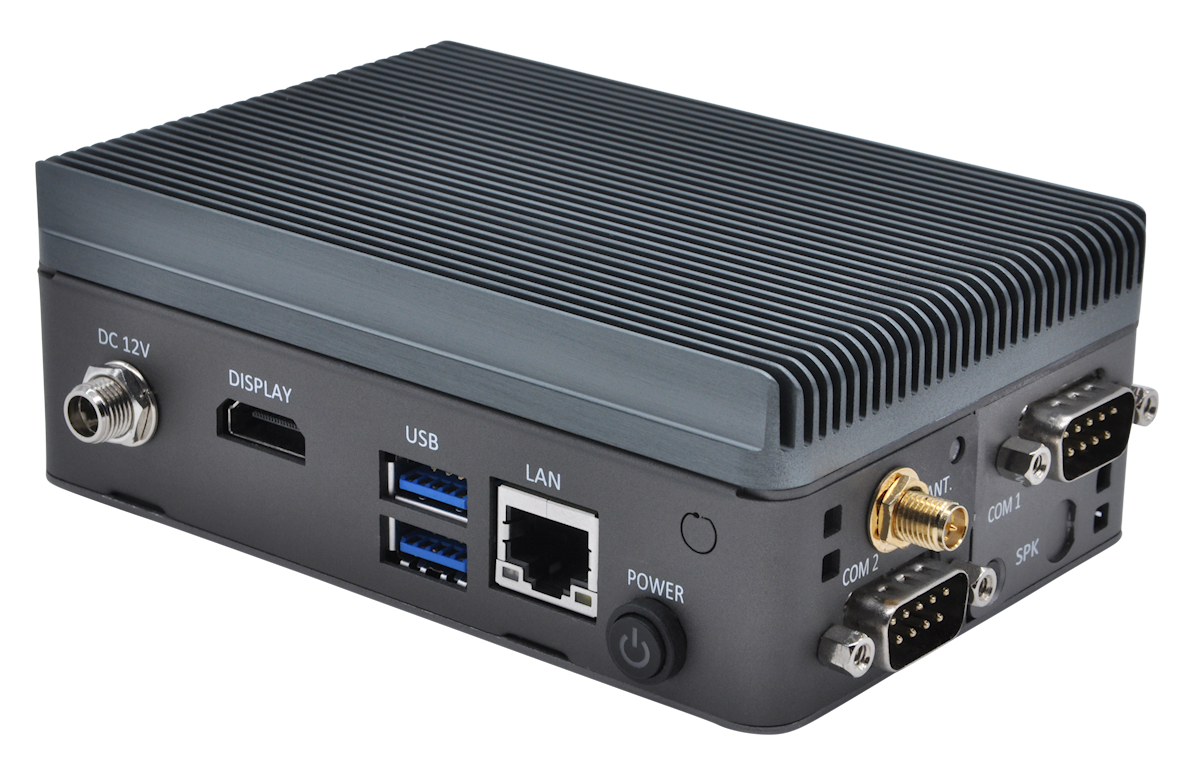
Mission Control
Small form factor, dustproof, ventless, industrial-grade fanless observatory computer designed for observatory data collection and telescope top mounting.
Purchase Mission Control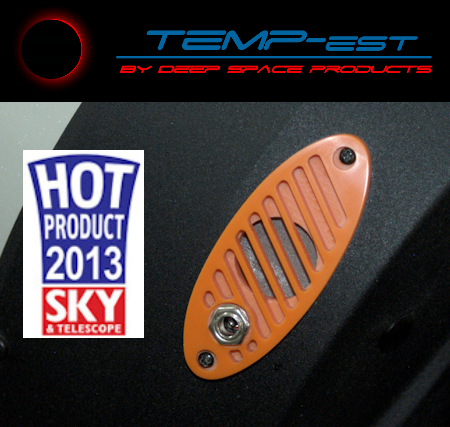
TEMP-est System
The TEMP-est systems are an active venting system that replaces the passive vents in the rear cell of your OTA for quick initial cool-downs and stabilization of temperatures with ambient during your viewing and imaging sessions. TEMP-est was named a Hot Product in 2013 and is still going strong.
Purchase a TEMP-est System

